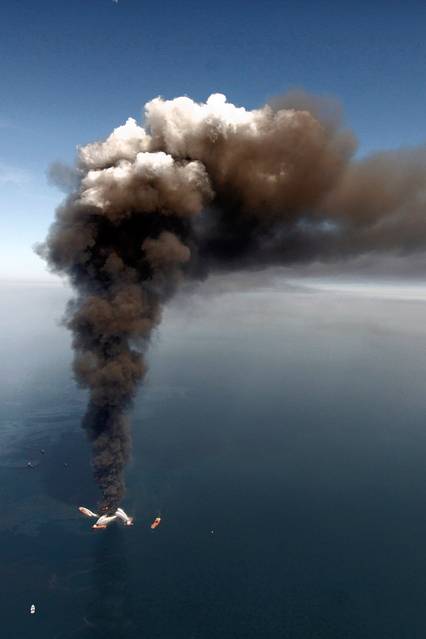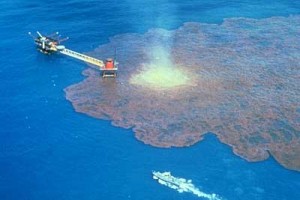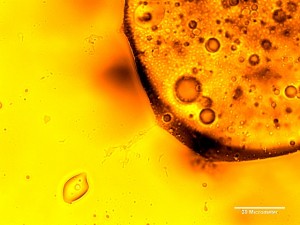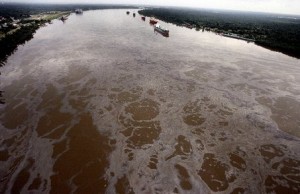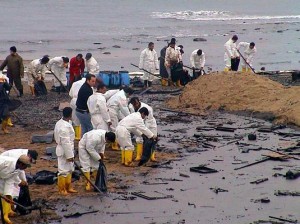11 Crew were lost in the explosion and fire on the Deepwater Horizon rig on April 20, 2010. In addition, roughly 5.2 million barrels of oil poured into the Gulf of Mexico during the 87 days between April 20, 2010 when the explosion occurred and July 15, 2010 when the well was capped.
BP, found guilty of “Gross Negligence” and “Willful Misconduct” in the Deepwater Horizon oil spill, (BBC, EcoWatch), has agreed to pay $18.7 Billion over the next 15 years (BP Press Release, Reuters) to settle various claims with the United States, the states of Florida, Alabama, Mississippi, Louisiana and Texas, and others. This amounts to 14.8% of BP’s current market capitalization.
Pursuant to the agreements, BP will pay $1.1 Billion per year over the next 15 years. While the $18.7 Billion amounts to 14.8% of BP’s current market capitalization of $125.59 Billion, the $1.1 Billion per year is only a loss of 0.88% of BP’s current market capitalization each year.
However,
